Apple has recently introduced a new Family Sharing feature, which allows up to 6 family members to browse and access each other’s iTunes, iBooks, and App Store purchases, as well as share photos, calendars, and locations with each other. We’re excited to announce that all of our Different Roads apps in the iTunes App Store have also begun to support this feature. Family Sharing also includes parental controls, enabling parents to approve purchases and downloads initiated by children first.
Different Roads to Learning Apps
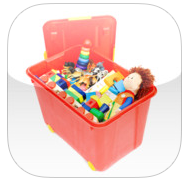 Clean-Up: Category Sorting This highly-rated interactive program develops language, reasoning, and sorting and classifying skills in young learners. Players must “clean up” by putting 75 photographic images of toys, food, and clothing away in the correct shopping cart, refrigerator, or toy box. Each target is introduced by its label (“Where does the Apple go?”) in each round where players see 15 unique images. Correct responses receive visual and auditory reinforcement while incorrect answers are corrected by a visual prompt of the correct answer flashing. This app builds foundational sorting skills for students just developing their sorting and classifying skills. Available on iPhone and iPad.
Clean-Up: Category Sorting This highly-rated interactive program develops language, reasoning, and sorting and classifying skills in young learners. Players must “clean up” by putting 75 photographic images of toys, food, and clothing away in the correct shopping cart, refrigerator, or toy box. Each target is introduced by its label (“Where does the Apple go?”) in each round where players see 15 unique images. Correct responses receive visual and auditory reinforcement while incorrect answers are corrected by a visual prompt of the correct answer flashing. This app builds foundational sorting skills for students just developing their sorting and classifying skills. Available on iPhone and iPad.

What’s that Sound? Learning to Listen and Identify Sounds This interactive and easy-to-grasp game develops auditory discrimination and processing skills in young learners. Players will improve their skills by matching objects and their associated sounds. Simple auditory processing skills lay the foundation for learning how to read, speak and spell.
Available on iPhone and iPad.
What Goes Together? This interactive program develops language, discrimination, and reasoning skills in young learners. Clear, colorful images of everyday objects promote an understanding of functions and the relationships between items that children encounter on a daily basis. With built-in reinforcement and error correction, this game provides a solid foundation in building critical expressive and receptive language skills. Available on iPhone and iPad.
Tell Me About It! Featured as Editor’s Choice on Best Apps for Kids, this universal app is specifically designed for children with autism and other speech and language delays. Based on the Applied Behavioral Analysis approach, this program mimics an actual one-on-one instructional session with a therapist. The app provides 15 categories of language targets, such as body parts, household items, clothing and food, and six levels of difficulty, which progressively become more difficult, from labelling to shared feature, function, and category. This app also features an easy-to-read report card, which provides tracking data for each child and an option to e-mail the report card results. Available on iPhone and iPad.
To discover all of our current apps and what Family Sharing can do for your family, visit our iTunes App Store page.


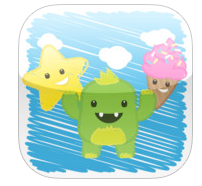
 We’re thrilled to announce the arrival of the highly-rated game
We’re thrilled to announce the arrival of the highly-rated game 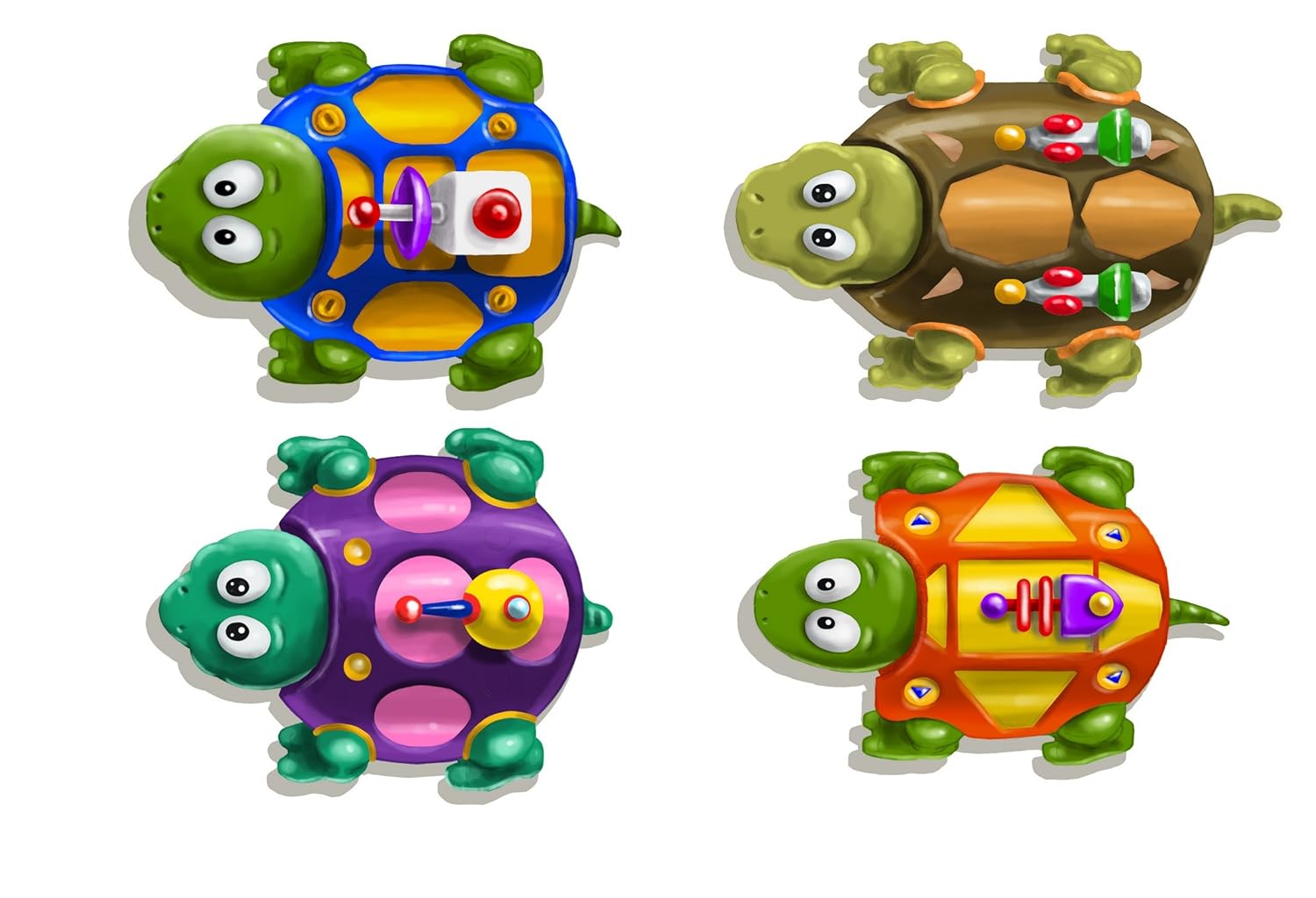








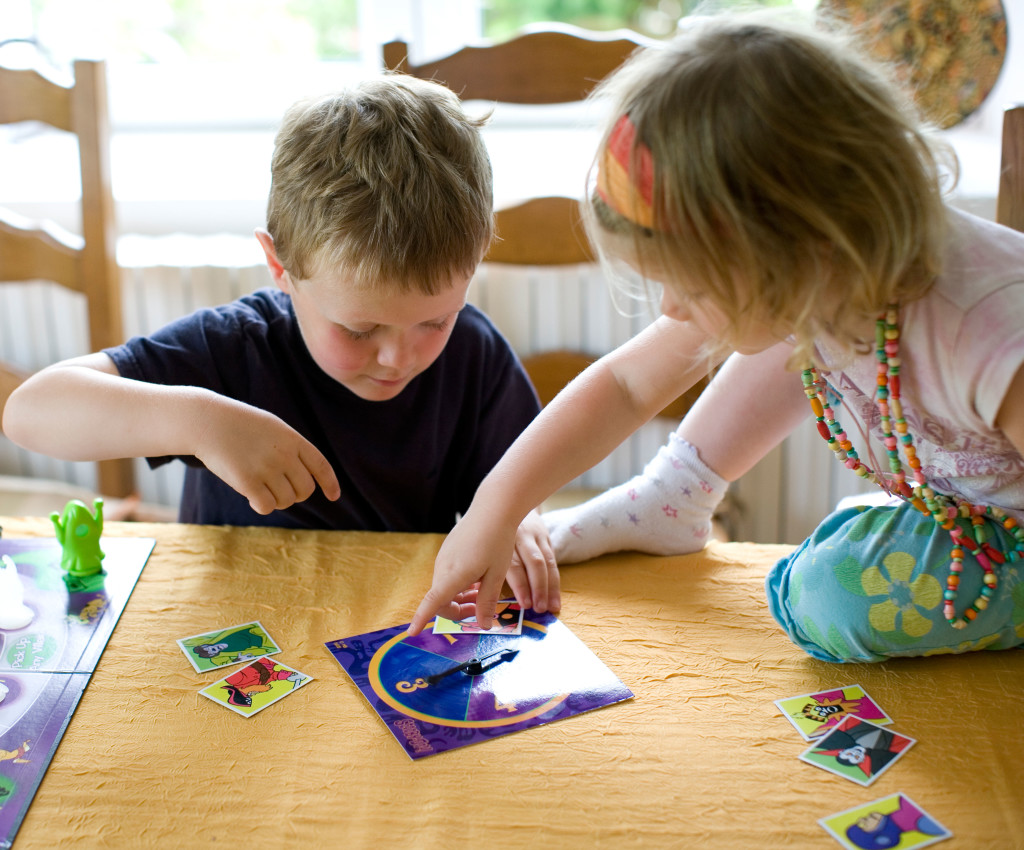 Activities should be reinforcing for both kids in order to increase the likelihood that siblings will independently engage in play without prompts by adults. Try to avoid situations where you are requiring the typically developing sibling to engage in an activity just because it is motivating for the learner with autism.
Activities should be reinforcing for both kids in order to increase the likelihood that siblings will independently engage in play without prompts by adults. Try to avoid situations where you are requiring the typically developing sibling to engage in an activity just because it is motivating for the learner with autism. Consider how you use scanning in your own life: searching a row of books on a shelf to find a particular title, trying to find your favorite tomato soup in a supermarket aisle filled with soups, or looking through a box of Legos for one blue square Lego to complete a structure. None of the ways we scan in the natural environment present materials in a field of 3 neatly lined-up items.
Consider how you use scanning in your own life: searching a row of books on a shelf to find a particular title, trying to find your favorite tomato soup in a supermarket aisle filled with soups, or looking through a box of Legos for one blue square Lego to complete a structure. None of the ways we scan in the natural environment present materials in a field of 3 neatly lined-up items.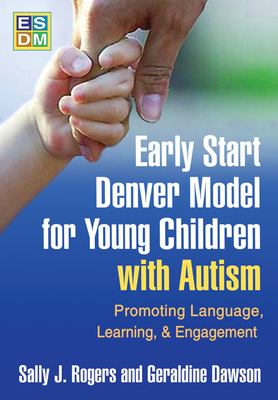 As the first comprehensive, empirically tested intervention specifically designed for toddlers and preschoolers with autism, the Early Start Denver Model (ESDM) is an early intervention approach for toddlers ages 12-36 months and continuing until ages 48-60 months. The model does not require a particular setting for implementation and can be used by parents, teachers, therapists, at home, in preschool or in a clinical setting. To help you get started with this early intervention model developed by Sally Rogers, Ph.D., and Geraldine Dawson, Ph.D., we are offering a 15% discount on the
As the first comprehensive, empirically tested intervention specifically designed for toddlers and preschoolers with autism, the Early Start Denver Model (ESDM) is an early intervention approach for toddlers ages 12-36 months and continuing until ages 48-60 months. The model does not require a particular setting for implementation and can be used by parents, teachers, therapists, at home, in preschool or in a clinical setting. To help you get started with this early intervention model developed by Sally Rogers, Ph.D., and Geraldine Dawson, Ph.D., we are offering a 15% discount on the 